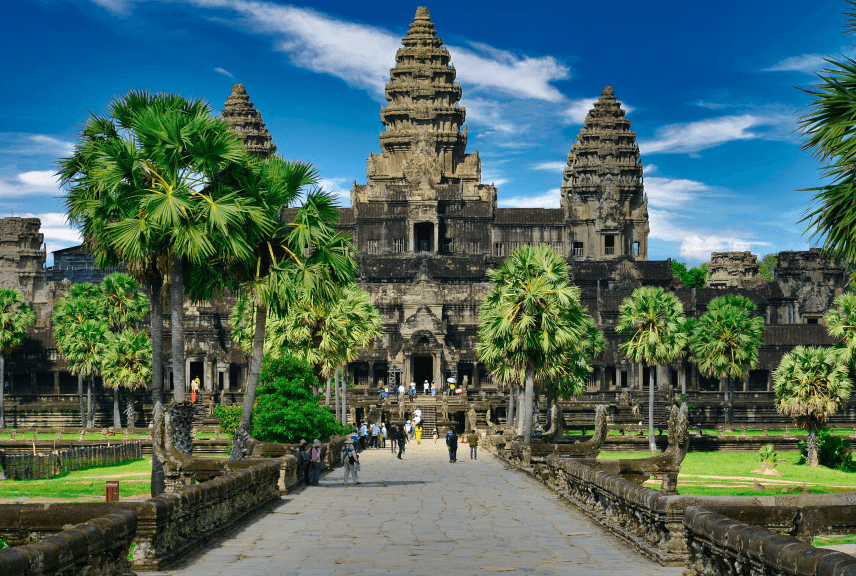Thailand » Phuket Hotels
In the 17th century, the Dutch, English and, after the 1680s, the French, competed for the opportunity to trade with the island of Phuket (then known as Junkseilon), which was a very rich source of tin. In September 1680, a ship of the French East India Company visited Phuket and left with a full cargo of tin. A year or two later, the Siamese King Narai, seeking to reduce Dutch and English influence, named as governor of Phuket a French medical missionary, Brother René Charbonneau, a member of the Siam mission of the Société des Missions Etrangères. Charbonneau remained as governor until 1685.
In 1685, King Narai confirmed the French tin monopoly in Phuket to their ambassador, the Chevalier de Chaumont. Chaumont’s former maître d’hôtel, Sieur de Billy, was named governor of the island. However, the French were expelled from Siam after the 1688 Siamese revolution. On April 10, 1689, Desfarges led an expedition to re-capture Phuket to restore some French control in Siam. His occupation of the island led to nothing, and Desfarges returned to Puducherry in January 1690.
The Burmese attacked Phuket in 1785. Francis Light, a British East India Company captain passing by the island, notified the local administration that he had observed Burmese forces preparing to attack. Than Phu Ying Chan, the wife of the recently deceased governor, and her sister Mook (คุณมุà¸) assembled what local forces they could. After a month-long siege of the capital city, the Burmese were forced to retreat March 13, 1785. The women became local heroines, receiving the royal titles Thao Thep Kasattri and Thao Si Sunthon from a grateful King Rama I. During the reign of King Chulalongkorn (Rama V), Phuket became the administrative center of the tin-producing southern provinces. In 1933 Monthon Phuket (มณฑลภูเà¸à¹‡à¸•) was dissolved and Phuket became a province by itself. Old names of the island include Ko Thalang.
Patong Beach on Phuket affected by the tsunami disaster of December 2004.
Main article: 2004 Indian Ocean earthquake
On December 26, 2004, Phuket and other nearby areas on Thailand’s western coast suffered extensive damage when they were struck by the Boxing Day tsunami, caused by the 2004 Indian Ocean earthquake. The waves destroyed several highly populated areas in the region, killing up to 5,300 people nationwide, and tens of thousands more throughout the Asian region. Some 250 were reported dead in Phuket, including foreign tourists, and as many perhaps as a thousand of the illegal Burmese workers building new beach resorts in the Khao Lak area. Almost all of the major beaches on the west coast, especially Kamala, Patong, Karon and Kata, sustained major damage, with some damage caused to resorts and villages on the island’s southern beaches.
By February 2005 many damaged resorts were back to business, and life slowly returned to normal. Following strenuous recovery programs, no tsunami damage can now be seen except in the most remote beaches
In early December 2006, Thailand launched the first of the 22 U.S.-made tsunami-detection buoys to be positioned around the Indian Ocean as part of a regional warning system. The satellite-linked deep-sea buoy floats 1,000 km (620 mi) offshore, roughly midway between Thailand and Sri Lanka.













